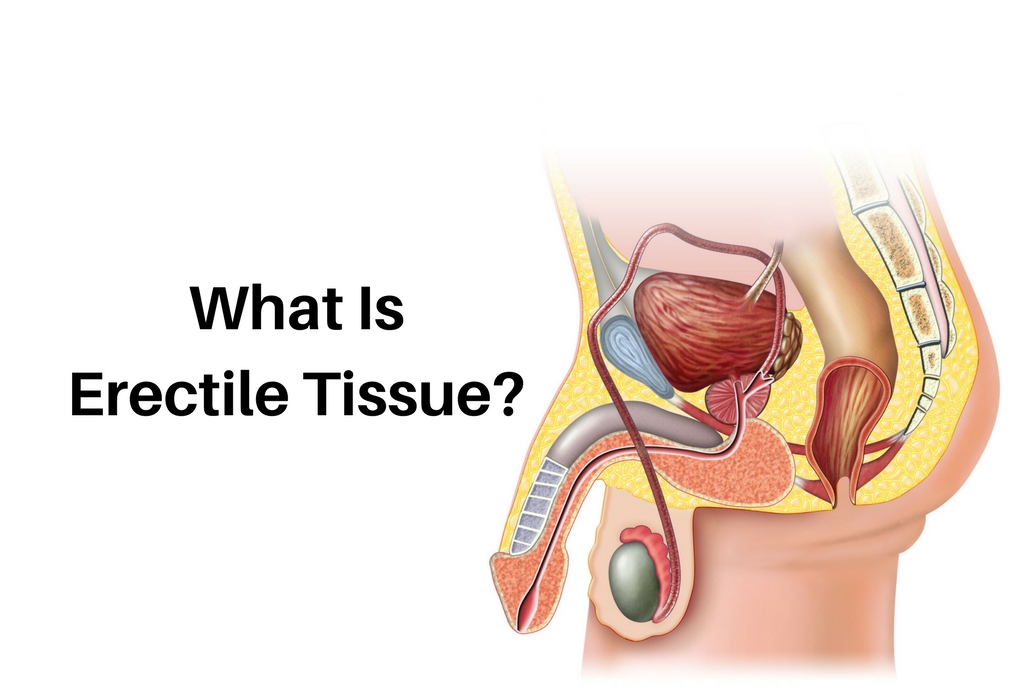What is Erectile Tissue in Males and How Does It Work?
Sexual reproduction requires an erect penis, which prevents it from retreating back into the groin. What is exceptional to humans is that the penis does not have an erectile bone; therefore, it is the stream of blood within the tissues that make a penis erect. So What is Erectile Tissue?
Erectile Tissues in the Penis
Since no erectile bone exists, the penis becomes erect when the erectile tissue fills with blood, and becomes stiff. This erectile tissue is comprised of three sections: two corpus cavernosa and one for the corpus spongiosum. The two sections that are joined at the head of the penis form the corpus cavernosa, which line the penis shaft. The third section, corpus spongiosum, transports semen and urine. This tissue layer has sponge-like sections.
How Erectile Tissues Work
Without these three tissue layers, the penis cannot become erect. Therefore, these layers are conducive to sexual arousal. Specifically, blood enters the corpus cavernosum and hardens the organ, which makes the penis erect. Ejaculation can then occur because the corpus spongiosum is elastic, allowing for the ejection of semen.
The erectile tissue is also lined with endothelium, and its thinness allows for the blood to travel farther by reducing the instability of its flow. Furthermore, the septa, which is the connective tissue, enclose into smaller units of tissue.
Erectile Dysfunction
Erectile dysfunction occurs for males if their tissue layers cannot harden, which then prevents an erection.

